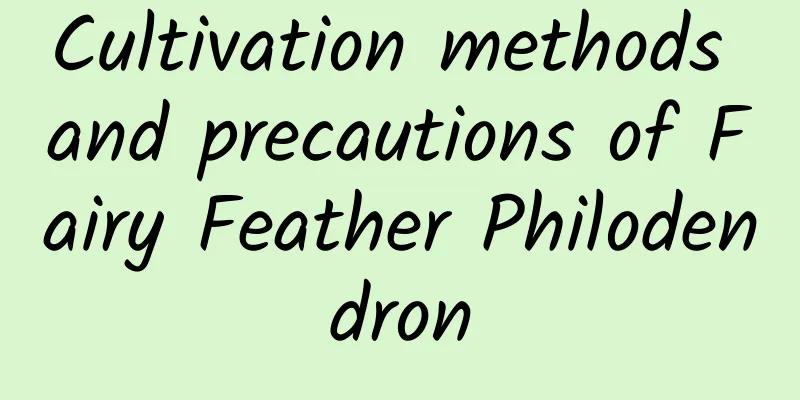What is the national orchid of Clivia, and what is the difference between the national orchid and the Anshan orchid

1. What isThe "national orchid" of Clivia refers to the leaf art Clivia that was formed in China with Chinese cultural elements and is based on the appreciation standards of brightness, fineness, hardness and thickness. It is a name used to distinguish it from foreign flower art. It has extremely high commercial and ornamental value, and will have broad development prospects in the future. It is usually called colorful orchid. It is slightly more expensive than the ordinary all-green Clivia. The colors on it are distributed more evenly, alternating between white and green in a certain proportion. 2. What is the difference between Guolan and Anshanlan?1. Cymbidium: There is more than one color on the leaves. It is not just dark green, but white and green are interlaced. In addition to the difference in color, as can be seen from the name, the cultivation history is relatively long, and the price and ornamental value are relatively high. 2. Anshan Orchid: The leaves spread outward and are very thick. The color is a relatively pure dark green. They look very shiny and full of vitality. |
<<: How to plant carnation seeds: How to germinate, do you need to soak them in water?
>>: Can the leaves of Kalanchoe be sprayed with water? Can the flowers be sprayed with water?
Recommend
How many pounds of potato per acre
Potato yield per acre Potatoes are very high-yiel...
How to repot and prune the roots of roses
Steps for repotting and root pruning of roses Rem...
Cultivation method of red birch
1. Planting When growing it as a small potted pla...
Cultivation method of Daphne odora
1. Soil It is best to grow Daphne odora in loose,...
How far away from the roots should grapes be fertilized, and where and how deep should they be fertilized?
1. Fertilization location How far away from the r...
Can onions be used as fertilizer?
Onion fertilizer Onion is the best nutrient ferti...
How to grow succulents
1. Water When caring for succulents, the principl...
How to Make Primroses Bloom for Christmas
Natural flowering period Under normal circumstanc...
How to raise a bluebird
1. Breeding environment 1. Soil: Powder Bluebird ...
How to care for four-season camellia in summer (precautions for indoor care of four-season camellia)
Summer maintenance methods for four-season camell...
Can lily bulbs be hydroponically cultivated? How to cultivate hydroponically lily bulbs
Can lily bulbs be grown hydroponically? Lily bulb...
Planting technology and management of taro
Taro is a nutritious, high-grade and rare health-...
She doesn’t like growing flowers, but she likes growing melons and vegetables. Her vegetable garden is even more beautiful than yours!
These fruits and vegetables can climb the wall Ma...
What are the cultivation methods and precautions for peony flowers?
Peony growth habits Peony prefers a warm growing ...
Difference Between Viburnum and Clove
The height difference between Viburnum and Lilac ...









